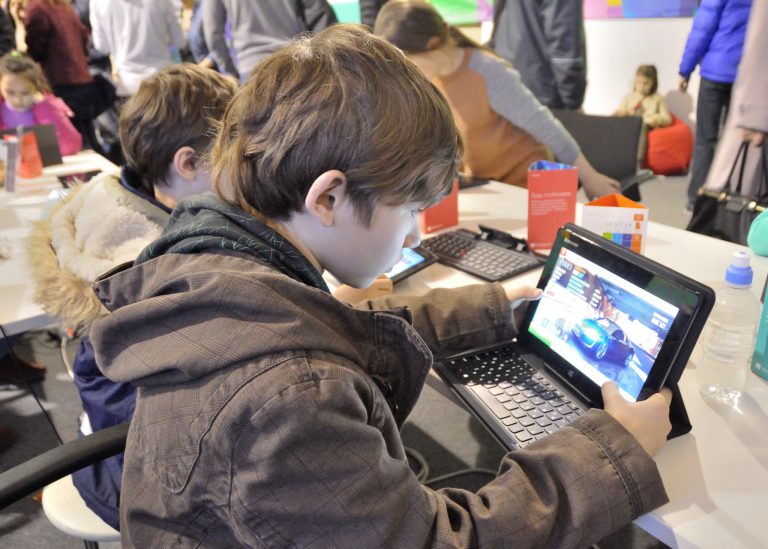
A recent report by the Australian Curriculum, Assessment and Reporting Authority (ACARA) reveals that nearly half of Australia’s school children are performing below expected standards in computer literacy.
ACARA’s National Assessment Program ICT Literacy report (NAP), which started in 2005, assesses the skill of Year 6 and Year 10 participants. Levels of competency were assessed by the students’ performance on basic computer tasks, such as searching effectively online, editing images, creating slideshows and designing online surveys.
While most modern children can navigate Facebook, send a tweet or even select an Instagram filter without a single hitch, ACARA’s report has found that 45 percent of grade six students and 48 percent of Year 10 students do not possess adequate levels of computer literacy.
Dr Michael Phillips, teacher of educational technology at Monash University, claims that Australian schools are not given enough guidance on how to effectively teach computer techniques to children, despite computer literacy featuring on the Australian curriculum. He voices concerns that the issue could get worse, since “[Australia does not] yet have a formula on this”.
More than 10,000 students have participated in the study every three years since it first began, but this is the first time in ten years that researchers have found a considerable decline in childrem’s computer skills.
In the 2011 report, 62 percent of grade six participants achieved the expected standard of computer proficiency, compared to just 55 percent who achieved the same level of skill in 2014.
On the other hand, 64 percent of the Year 10 participants achieved an adequate level of computer competency in 2011, compared to just 52 percent in the most recent report.
The study found that boys were generally more comfortable when it came to computer-related tasks, while girls seemed to be more able on the digital front. The most recent report found 60 percent of Year 6 girls achieved acceptable levels of computer capability, compared to 51 percent of boys the same age.
The study also found that indigenous students have consistently performed worse than non-indigenous participants over the past decade. The most recent report found 57 percent of non-indigenous students made the grade, compared to just 22 percent of indigenous students.
Children who lived in the city outperformed their provincial counterparts, achieving the highest scores of computer literacy at 58 percent; 48 percent of students from the suburbs performed adequately, while only 36 percent from more remote areas possessed computer skills that were up to par.
Interestingly, the report also highlighted that students whose parents were working professionals, or who had studied at undergraduate level or above, outperformed participants whose parents were labourers, office workers or had only attained a Year 9 level education or below.
“These declines in performance are concerning and warrant serious attention,” said Emeritus Professor Steven Schwatrz, Chairman of ACARA. He is one of many critics who are concerned that schools are not investing enough time and money into the computer education of Australia’s youth, and fear this could greatly hinder their future prospects as we shift more and more into a digital world.
Today we have released the 2015 NAPLAN National Report, showing overall stable student achievement – read more https://t.co/iCFzJvNg9T
— ACARA (@ACARAeduau) December 1, 2015
“It is tempting to assume that students who use computing devices and smartphones for social interactions (texting, for example) understand all aspects of ICT technology and its applications,” says Schwartz. “It appears that we cannot expect students to become proficient on important employability and life skills just by using computer devices for games and social interaction. They also need to be taught the relevant knowledge, understanding and skills.”
Image via Shutterstock.







